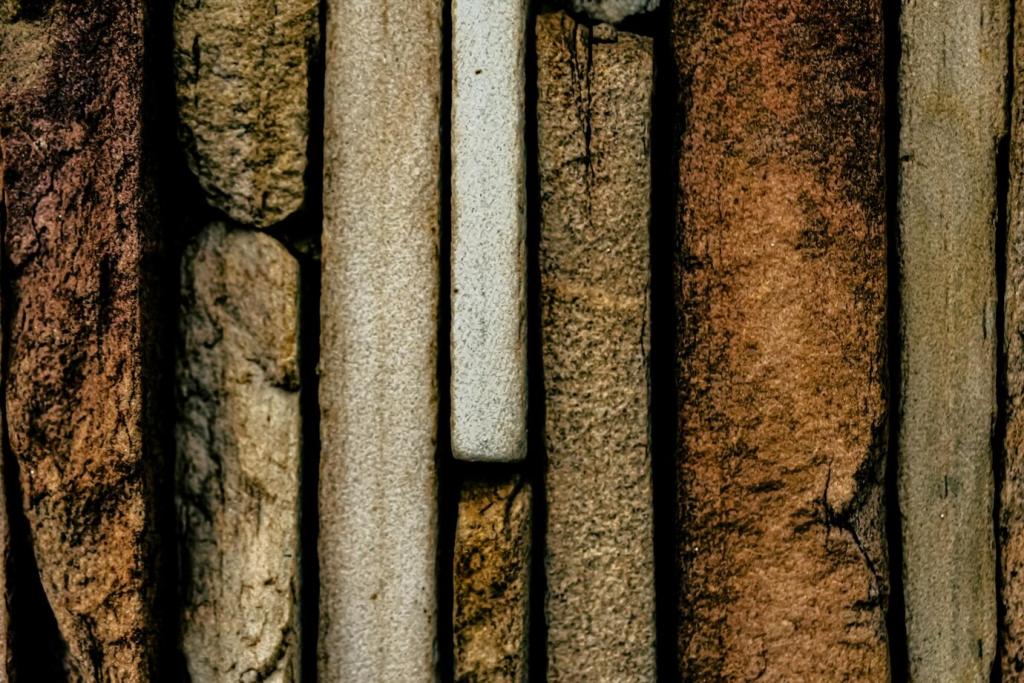Costs, Incentives, and Life-Cycle Payback
Eco-friendly materials can cost more initially, but air sealing and right-sized HVAC reduce bills and equipment needs. Track total ownership, not only purchase price. What’s your budget range? Share it, and we’ll suggest phased upgrades that deliver wins now.
Costs, Incentives, and Life-Cycle Payback
Many regions offer incentives for insulation upgrades, energy audits, and electrification. Document materials, R-values, and blower-door results to qualify. Not sure where to start? Ask for resources by country or state, and subscribe for updated program lists.
Costs, Incentives, and Life-Cycle Payback
Consider embodied carbon alongside efficiency. Cellulose and wood fiber often pay back carbon quickly, while XPS may carry higher footprints. Combine moderate R-values with airtightness for fast returns. Curious about comparisons? Request a checklist tailored to your home.







